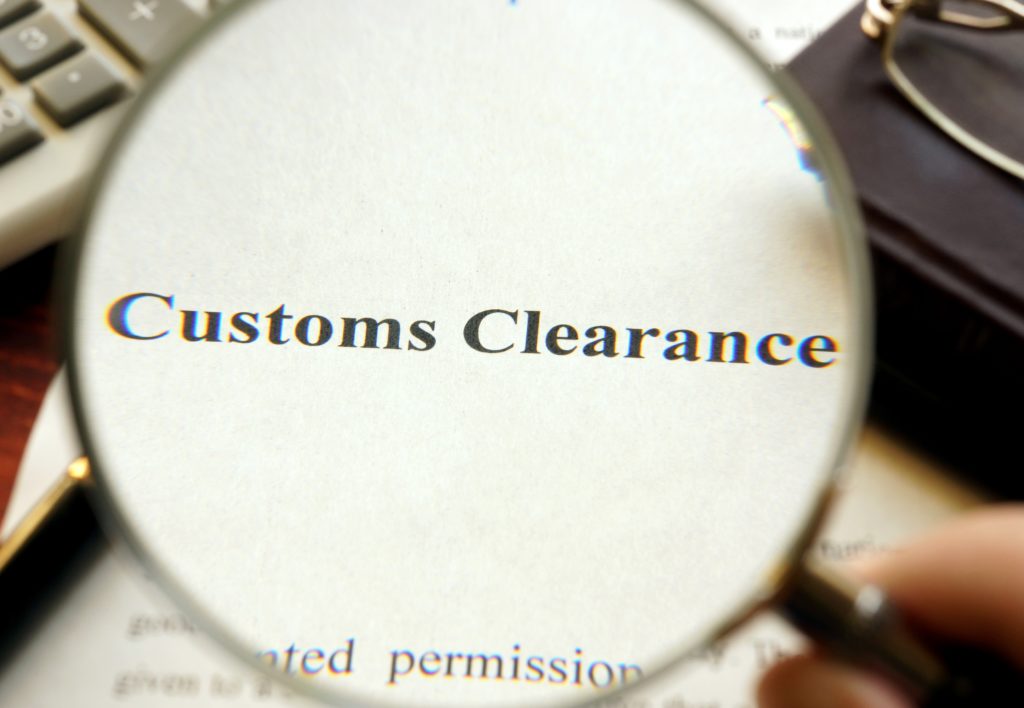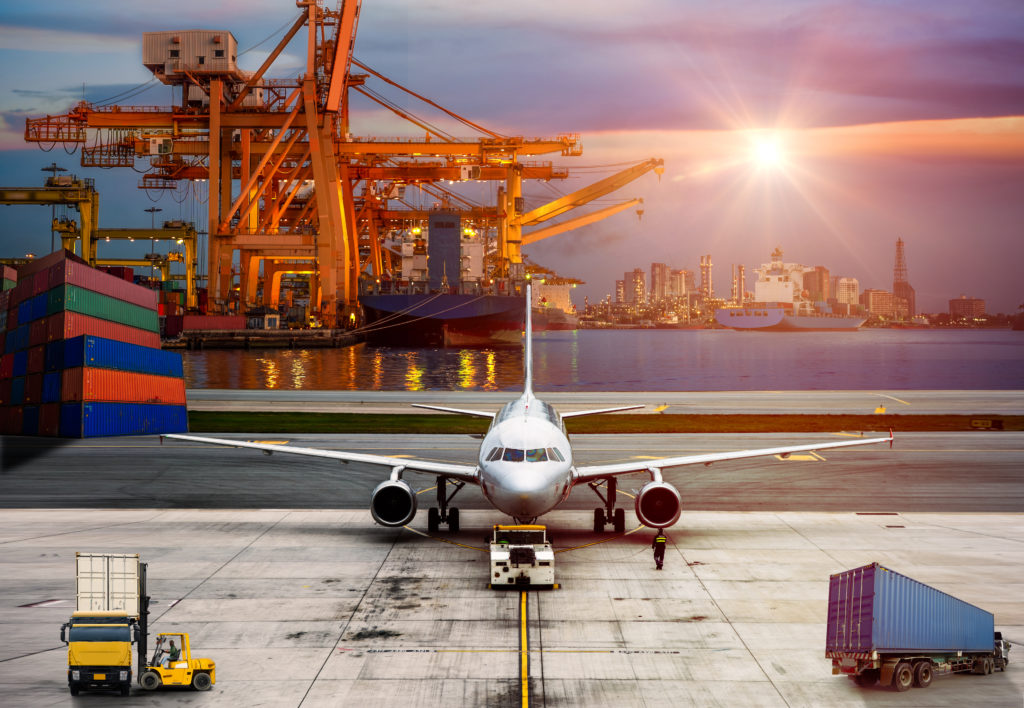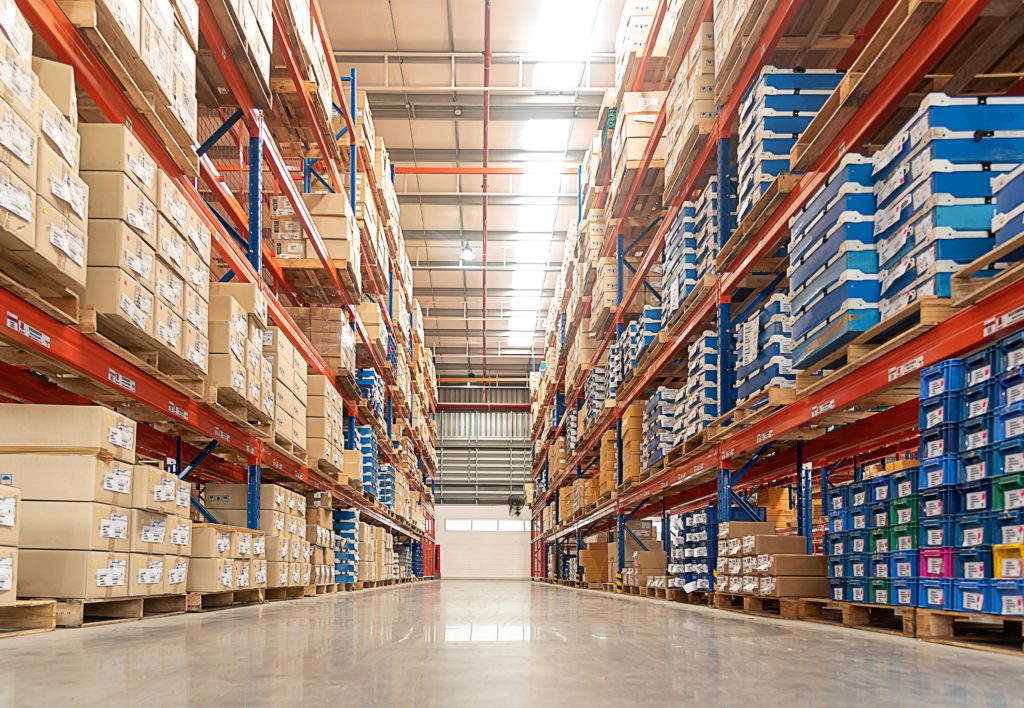Textile Quotas and Visas
Textile Quotas and Visas
Textile Quotas and Visas
Are commercial shipments of textiles and wearing apparel products subject to quota and visa requirements?
Textiles and wearing apparel imported for commercial use may be subject to quota and visa requirements associated with preferential duty treatment, depending on the country where the goods are produced. It is also critical to know the classification of the goods, and the associated 3-digit category number, if applicable, in order to determine whether quota or visa restrictions apply to the particular item.
Textile categories used for quota and visa purposes can be determined only after a garment is classified under the HTSUS. The applicable three-digit textile quota category, if there is one, appears next to the correct 10-digit HTSUS number in the tariff schedule, opposite the description, just to the left of the “units of quantity” column.
In-Depth Coverage: Trade Remedies
The quota and visa status of a given textile quota category will differ depending on the country of origin, and is the result of international agreements that are subject to frequent renegotiations and changes.
To obtain the most current information please refer to the Commodity Status Reports in the CBP web site.
Are shipments of textiles and wearing apparel products imported for personal use subject to quota and visa requirements?
Personal importation of textiles and wearing apparel are not usually subject to quota and visa restrictions and generally clear CBP informally (no bond required). However, the port director may require a formal entry if deemed necessary for admissibility/enforcement purposes, revenue protection, or efficient conducting of the CBP business.
In practical application, importation of large quantities of the same or similar merchandise or a high value may be potential indications of shipments imported for resale rather than personal use.
Textiles-Sets
How are sets containing textiles treated for quota purposes?
Sets incorporating textile components that would have required a visa and been subject to quota restrictions if imported separately must still meet those requirements. Therefore, even if a textile component is only part of the set and the classification is based on another component that imparts the essential character of the set, visa and quota requirements would still apply to any textile component of the set.
How are the components of a set reported on the entry summary?
Sets classified according to General Rule of Interpretation (GRI) 3 must be identified with an 'X' preceding the HTSUS number used to derive the duty rate. Each of the other lines associated with the components of the set should be identified with a 'V' preceding the HTSUS number. These lines should also indicate the country of origin, value, and reporting quantities. Each component of the set, including the article designated with the 'X' prefix, must be reported on a separate line as if it were separately classified.
In-Depth Coverage: Country of Origin
- Country of Origin of Imported Merchandise
- Customs Ruling: Country of Origin
- Country of Origin: Food Products
- Country of Origin: Chemical and Pharmaceutical Products
- Country of Origin & Country of Manufacture: CBP vs. FDA
- Country of Origin: Substantial Transformation or Country of Assembly Test
- Country of Origin and Free Trade Agreement
- Country of Origin and Section 301
Used and Worn Clothing
What requirements apply to importations of used clothing?
When used clothing is imported into the U.S. to be donated to an individual, company, or charitable organization these goods are not exempt from complying with CBP requirements for wearing apparel. Used clothing imported into the U.S. for sale is subject to the same quota restrictions and duty, marking, and entry requirements as new clothing and is classified under the appropriate HTSUS provision (i.e., Chapter 61 or 62).
Used clothing is subject to duty based on the value of the clothing. If the used clothing has been purchased at a flea market, second-hand store, etc., the receipt can be used as the declared value. If the clothing has been donated, the value should be based on what an identical item would cost used (for example, the value of an identical item at a secondhand or consignment store). Essentially, the value declared should be comparable to fair market value.
Does CBP consider used clothing to be the same thing as worn clothing?
There is a significant difference between used and worn clothing. There is a provision in the HTSUS (Heading 6309) that allows qualifying shipments of previously worn clothing to enter the U.S. free of duty and not subject to quota/visa or marking requirements. However, most shipments of used clothing imported commercially for sale would not be eligible for the Heading 6309 provision. In order to qualify, the goods must show signs of appreciable wear (meaning be in poor condition), and must be entered in bulk or in bales, sacks, or similar packing. The majority of clothing imported in this condition will most likely be used as rags or other non-apparel purposes.
In-Depth Coverage: Marketing and Advertising Compliance
- Federal Trade Commission (FTC) Advertising Rules
- Made in USA Standard
- FTC Regulation on Environmental Claims
- Adverting and Marketing on the Internet
- Label Claims for Conventional Foods and Dietary Supplements
- Dietary Supplement Advertising: What is FTC's Truth-in-Advertising Law?
- USDA Country of Origin Labeling (COOL)
- FTC Rules & Regulations on Food Advertisement
Textile Visas
What is a textile visa and why do I need one?
The textile visa is an endorsement in the form of an export document issued by a foreign government that authorizes the export of textile shipments to the U.S. It describes the shipment and authorizes the goods to be charged against any applicable quota limit and/or receive preferential duty treatment. The visa is executed by an authorized official of a foreign government. It is used to control the exportation of textile and apparel products to the U.S. and prevent the unauthorized granting of preferential duty treatment or entry of controlled textiles into the U.S.
A textile visa is needed when importing goods from a country with which the U.S. has negotiated limitations on the quantity allowed into the U.S. for a specific period of time or as a requirement in order to receive preferential duty treatment under special trade legislation.
Can a visa be changed or altered?
No; any changes or alterations made to the information contained on the visa stamp render the visa invalid and unacceptable.
What is an importer's responsibility when their visa is incorrect or invalid?
If a paper visa or electronic transmission has incorrect or missing data or the shipment arrives without a required paper visa or electronic transmission, then no preferential benefits are granted. The importer must submit a replacement visa and/or arrange for the transmission of the information by the foreign government. If the values on the visa and invoice do not match, the importer must provide CBP with a reasonable explanation for the difference. If the importer is unable to supply a reasonable explanation, they should contact the issuing government and request a replacement visa and/or retransmission. If the importer has already submitted a paper visa to CBP, they can obtain a certified copy of the visa from CBP to provide to the issuing country. CBP will not return the original visa to the importer.
CBP will allow the importer adequate time to obtain the replacement visa and/or retransmission. However, it is in the importer's best interest to expedite the process if possible to avoid incurring storage charges either by the carrier or a warehouse. When no admissibility concerns are involved, the importer may obtain release of the goods by paying the regular duty rate and submitting a post-entry claim for preferential treatment after the issue is resolved.
Are there occasions when CBP will return a paper visa to a filer?
When an entry summary has been rejected because the visa is invalid, CBP does not return the paper visa. A certified copy of the original may be given to the filer upon request. If CBP rejects the entry summary for an issue not related to the visa, then the original visa may accompany the entry package back to the filer.
In-Depth Coverage: Importing Medical Device
What are the guidelines on rounding quantities and what happens when the quantity exceeds the visa amount due to rounding?
The minimum reporting quantity is 1 unit. Beyond that, quantities of less than half a unit should be rounded down. Quantities of one-half or more should be rounded up. Small overages due to rounding can be accepted. Port personnel will work with HQ Quota as necessary.
For larger overages, what procedures should be followed when the shipment quantity exceeds the visa quantity?
For overages of 10 percent or less, the port director may accept the visa presented to CBP, release the quantity covered by the visa, and allow for the destruction, exportation, or abandonment of the excess quantities. The excess amount may not be released using a new visa/transmission or visa waiver. If the importer chooses not to export, destroy, or abandon the excess amount, they must obtain a new visa/transmission or visa waiver for the entire quantity before any portion of the shipment may be released.
Overages greater than 10 percent invalidate the visa and the importer must present a new visa/transmission or visa waiver covering the entire quantity of the shipment before any amount of the merchandise can be released.
Is a visa the same thing as a certificate of eligibility?
No; the textile visa is an endorsement in the form of a stamp on an invoice or export control license that is executed by a foreign government. It is used to control the exportation of textiles and textile products to the U.S. and to prohibit unauthorized entry of the merchandise into the country. The certificate of eligibility is prepared in connection with a claim involving non-originating textiles and textile apparel goods claiming TPL preference. Currently, neither a visa nor a certificate of eligibility is an admissibility requirement or condition of release of the goods.
Does the lack of visa preclude the release of the textile shipment?
No; the absence of a visa does not prevent the release of the merchandise. If a shipment is not accompanied by a visa, the goods may still enter U.S. commerce, but will not be eligible to claim preferential duty treatment. The importer can have the goods but will have to pay the higher duty rate if the visa is not properly provided. If a visa is subsequently obtained, the importer may make a post-entry claim for the preferential duty rate. The claim will be considered, provided the balance in any applicable quota is not exhausted.
May a visa be used for more than one shipment?
If a shipment of quota-class merchandise is split or divided by the carrier or freight forwarder without the knowledge or beyond the control of the importer, exporter, or manufacturer, then the importer may file a separate entry summary for each shipment. The filer should include the original visa with the documentation for the initial shipment and use a CBP certified copy for subsequent shipments. If the shipment is split because of any action taken by the importer, exporter, or manufacturer, then a separate visa is required for each shipment. Importers should contact the port for any specific local procedures.
Customs Clearance and Import Requirements
- Entry of Imported Merchandise
- What is Section 321 Entry?
- What is Automated Commercial Environment (ACE)
- What is an Automated Broker Interface (ABI)?
- Who is Ultimate Consignee?
- What is Non-Resident Importer Program?
- Country of Origin of Imported Merchandise
- What is the Country of Assembly?
- What if the FDA's Country of Manufacture?
- Marking of Country of Origin on U.S. Imports
- What is Customs Bond?
- Reconciliation Prototype and Bond Rider
- Who Needs a Customs Broker?
- What is Customs Ruling Program?
- Classification of Imported Goods
- How is imported merchandise appraised?
- What are Import Quotas?
- What are Trade Remedy Duties?
- Antidumping Duty (AD) and Countervailing Duty (CVD)
- What is Foreign Trade Zone (FTZ)?
- What is Importer Security Filing (ISF)?
- What is Temporary Importation under Bond (TIB)
- What is In-Bond Process?
FDA-Regulated Products and Import Requirements
- What is Food Safety Modernization Act (FSMA)?
- Prior Notice of Imported Foods
- Food Facility Registration
- Risk-Based Preventive Controls for Human Food
- Risk-Based Preventive Control for Animal Food
- Standards for the Growing, Harvesting, Packing, and Holding of Produce for Human Consumption
- What is Foreign Supplier Verification Program (FSVP)?
- Protect Food against Intentional Adulteration
- FDA Regulated Product in Foreign Trade Zone (FTZ)
- Entry Review Process for FDA Regulated Products
- Country of Origin VS Country of Manufacture
- Foods Regulated by FDA or USDA: What is the Difference?
- Label and Labeling Claims for Conventional Food and Dietary Supplements
- What is USDA Country of Origin Labeling (COOL)?
- Import for Export of FDA Regulated Products
- FDA Regulated Products in Personal Baggage or Sending by Mail or Courier
- International Mail Facility (IMF) and FDA Regulation
- Importing Biological Product Regulated by CBER
- Importing Cosmetics and Voluntary Cosmetic Registration Program (VCRP)
- Importing Drugs into the U.S.
- Importing OTC Drugs into the U.S.
- Importing Veterinary Drugs into the U.S.
- Importing Tobacco Products into the U.S.
- Importing Medical Devices into the U.S
- Importing Food Products into he U.S.
- Importing Radiation-Emitting Products into the U.S.
Guidance on customs & logistics solution for traditional and e-commerce importers and exporters
Importer Security Filing (ISF)
An ISF is required when cargo (ocean only) laden on vessel at a foreign port is destined for shipment to the U.S. Under ISF rule, some importing information and details regarding cargo must be transmitted to the CBP at least 24 hours before goods are loaded onto the vessel.
Freight Forwarding
Looking for a freight forwarding partner? To move your cargo from its current location through customs to its final destination we will partner with you to find the best way for your business. Whatever your transportation, logistics and customs clearance need, we will do our best to customize a solution for your needs.

Customs Clearance
All goods imported into the U.S. are required to be declared to CBP. Our customs broker will help you stay in compliance with customs laws and regulations and clear your goods quickly and efficiently with our electronic Automated Commercial Environment (ACE) and Automated Broker Interface (ABI) Single Window System.
Warehousing & Distribution
Our warehouse facility offers great potential for serving as a regional hub with over 145,000 SF storage capacity close to Los Angeles Airport & Los Angeles/Long Beach Sea port. With our extensive experience in freight services, your import/export cargo will be handled quickly and effectively.
Section 321 Entry
Section 321 entry allows importing free of duty and tax for shipments imported by one person on one day having a fair retail value in the country of shipment not more than $800. We provide our resident and non-resident clients with dedicated ACE eManifest solutions for Section 321 entry of all modes of transportation.
Non-resident Importer Program
If you want to sell your products in U.S. marketplaces, but you are a business owner located outside of the U.S. and do not have an entity or presence in the U.S., you need to be established as a Foreign Importer of Record before your products can be imported into the U.S. We can help you.
Design your own logistics
To move your cargo from its current location through customs to its final destination we will partner with you to find the best way for your business.

